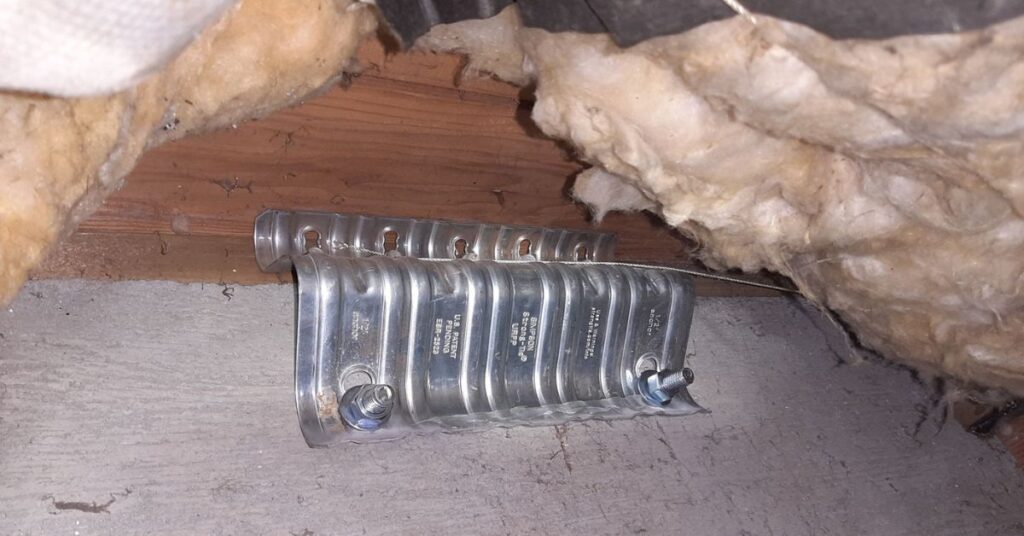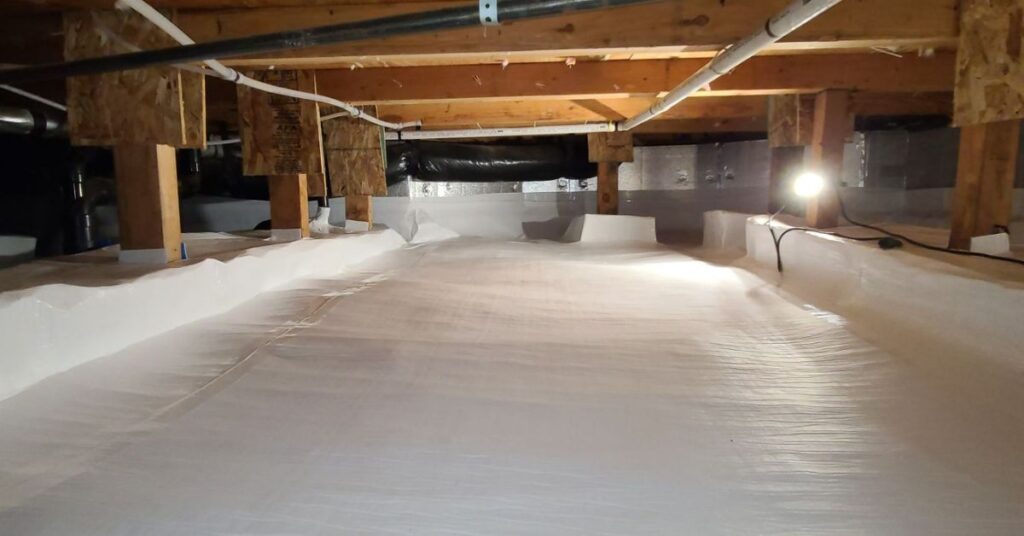HOMEOWNER TIPS
The Ultimate Guide to Earthquake Retrofitting in Portland
Portland is no stranger to seismic activity. Nestled in the Pacific Northwest, the region is prone to occasional tremors and quakes that remind residents of the earth’s unpredictable nature.
Protecting your home from earthquakes isn’t just about preserving property value; it’s about safeguarding lives. Earthquake retrofitting serves as a crucial preventive measure against the potential devastation these natural disasters can cause. Invest in your home’s security and your peace of mind by reinforcing your home’s structure. Read through this ultimate guide to earthquake retrofitting in Portland to learn how.
Understanding Portland’s Seismic Activity
The Cascadia Subduction Zone runs for 700 miles from Northern Vancouver Island to Cape Mendocino, California. This fault line is one of North America’s most active seismic zones that passes through Portland, Eugene, and Springfield, Oregon. The tectonic plates beneath this area are constantly shifting, leading to an increased risk of significant quakes.
These seismic events can cause extensive damage to buildings, infrastructure, and homes, especially those not designed or reinforced to withstand such forces. Portland, Eugene, and Springfield’s geographical locations and underlying geology contribute to their vulnerability. The cities sit on a mix of soils, including clay, sand, and silt that amplify seismic waves.
Older homes and buildings are at a higher risk because they present outdated construction methods and materials. These outdated home-building practices make these structures more vulnerable to safety hazards in the case of an earthquake.
What Is Earthquake Retrofitting?
Earthquake retrofitting is the process of strengthening an existing structure to make it more resistant to seismic activity. This process involves various techniques and methods to reinforce a building’s foundation, walls, and overall framework.
The goal is to minimize damage and maintain structural integrity during an earthquake. Retrofitting can include adding metal braces, bolts, and shear walls to enhance stability.
The Signs of Earthquake Vulnerabilities
Lack of Sheathing

The absence of adequate sheathing is one common sign of residential earthquake vulnerability. Sheathing refers to the panels or boards used to cover walls, floors, and roofs. These panels distribute seismic forces and prevent the structure from collapsing.
Inadequate sheathing can result in severe damage during an earthquake, such as cracked walls, collapsed ceilings, and compromised structural integrity. Homes lacking proper sheathing are prone to weakened walls that result in costly repairs and unsafe living conditions following seismic events.
Unsecured Appliances
Securing appliances such as water heaters, refrigerators, and bookcases is another critical consideration. Unsecured water heaters can tip over, causing leaks and flooding. Similarly, unsecured refrigerators may block exits during an emergency or injure people in the process. Homeowners must anchor these items to keep all inhabitants out of harm’s way during an earthquake.
Foundation Complications
A strong foundation is essential for any building. Foundation cracks, gaps, or weaknesses compromise the entire structure. Homes with older or damaged foundations are more susceptible to serious earthquake damage.
Sliding Off the Foundation
Homes can slide off the foundation without proper anchorage using bolts or plates. During an earthquake, the lateral forces can cause the entire structure to move, leading to catastrophic collapse. Retrofitting involves adding anchor bolts to secure the home to its foundation, providing stability and limiting movement.
Unreinforced Brick or Concrete
Unreinforced brick and concrete are highly vulnerable to earthquakes because they lack the flexibility needed to withstand seismic forces. They’re more prone to cracking and breaking. Retrofitting techniques for these structures include adding steel braces or fiber-reinforced polymers. These upgrades improve the building’s ability to absorb and dissipate seismic energy.
What Is the Retrofitting Process Like?
Assessment and Planning
The retrofitting process begins with a detailed assessment of the building’s current condition. An expert, such as a structural engineer or trained technician, inspects the home to identify weaknesses and recommend appropriate solutions. This evaluation includes examining the foundation, walls, roof, and overall framework. Then, the engineer develops a comprehensive retrofitting plan based on the findings.
Foundation Bolting
Securing the foundation is the next step in this process. Technicians install anchor bolts to connect the house to its foundation, preventing lateral movement during an earthquake. This process involves drilling holes into the foundation and inserting steel bolts. The workers then tighten the bolts to secure the structure, enhancing its stability and resistance to seismic forces.
Adding Shear Walls
Shear walls are another critical component of earthquake retrofitting as they distribute seismic forces and prevent the structure from collapsing. Shear walls typically consist of plywood or other strong materials, and workers install them in strategic locations throughout the home. They provide the walls with additional support and stability, reducing the risk of failure during an earthquake.
Bracing and Reinforcing
Next comes bracing and reinforcing critical areas of the home with steel braces and straps. Workers install these to key structural elements such as the roof, walls, and floors. This step increases the home’s overall stability, so it has a tough framework that can withstand seismic forces.
Securing Appliances
Securing appliances will create a safer living environment for occupants. Anchoring items such as water heaters and refrigerators are essential. Technicians will also install protection for gas meters to limit the risk of gas leaks.
Repairing the Foundation

During retrofitting, technicians may notice substantial foundation damage that needs immediate repair. Adding crawl space support posts and foundation piers, and stabilizing the walls are some of the ways TerraFirma can reinforce your foundation.
Find a Reputable Contractor for Earthquake Retrofitting
Our ultimate guide to earthquake retrofitting in Portland concludes with finding a trustworthy contractor. A reliable contractor should provide examples of previous projects and explain their approach to retrofitting.
Make sure to discuss the scope of work, timeline, and cost estimates before deciding. You can ensure your home is safe and prepared for an earthquake when you find someone with raving reviews and a strong work ethic.
Earthquake retrofitting is a vital investment for homeowners. Since Portland is at a high risk of seismic activity, it’s essential to start these projects immediately.
TerraFirma is a broad foundation repair service that wants to ensure your home is strong and safe. We will conduct every step of earthquake retrofitting and offer additional services such as basement waterproofing, crawl space encapsulation, concrete leveling, and foundation stabilization.
Contact TerraFirma Foundation Systems to schedule a free estimation or give us a call with any questions. We’re here to support you through every step of the retrofitting process.
